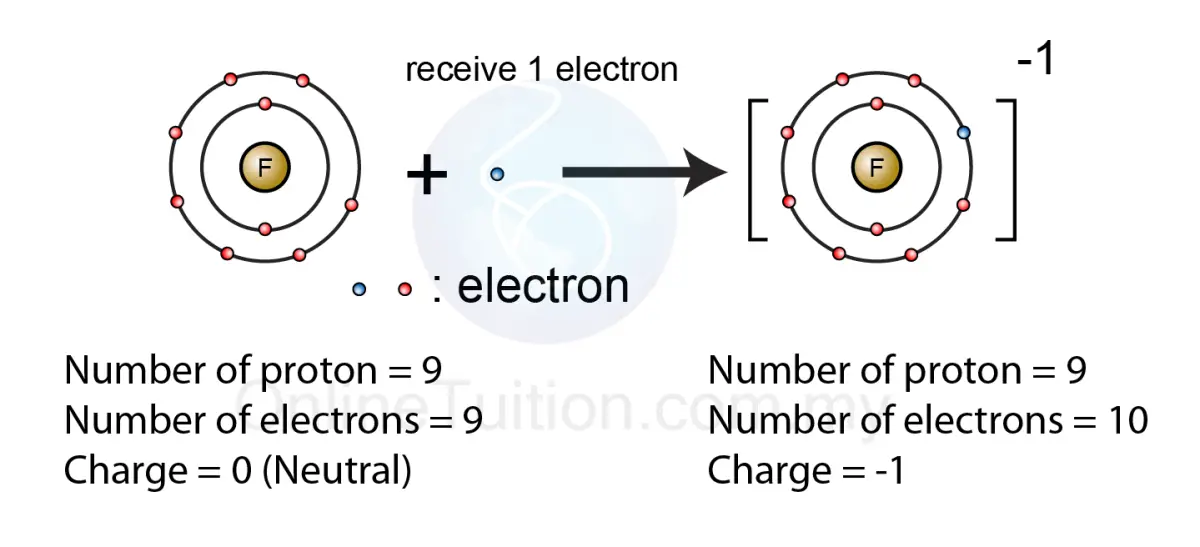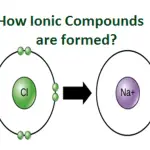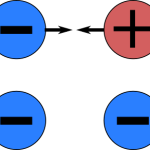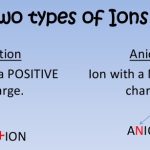Last Updated on 1 year by Francis
Negative ions are a mysterious force of nature that can provide a variety of health and well-being benefits. But how exactly are they formed? In this article, we’ll explore the science behind negative ions, and how they come to be. We’ll take a look at the different sources of negative ions, and why they are so beneficial to our health. So, get ready to discover the fascinating world of negative ions!
In nature, negative ions are created when enough energy is present from sources like sunlight, radiation, or waterfalls. They can also be formed in a lab setting through the use of electrical fields or high-energy particles.
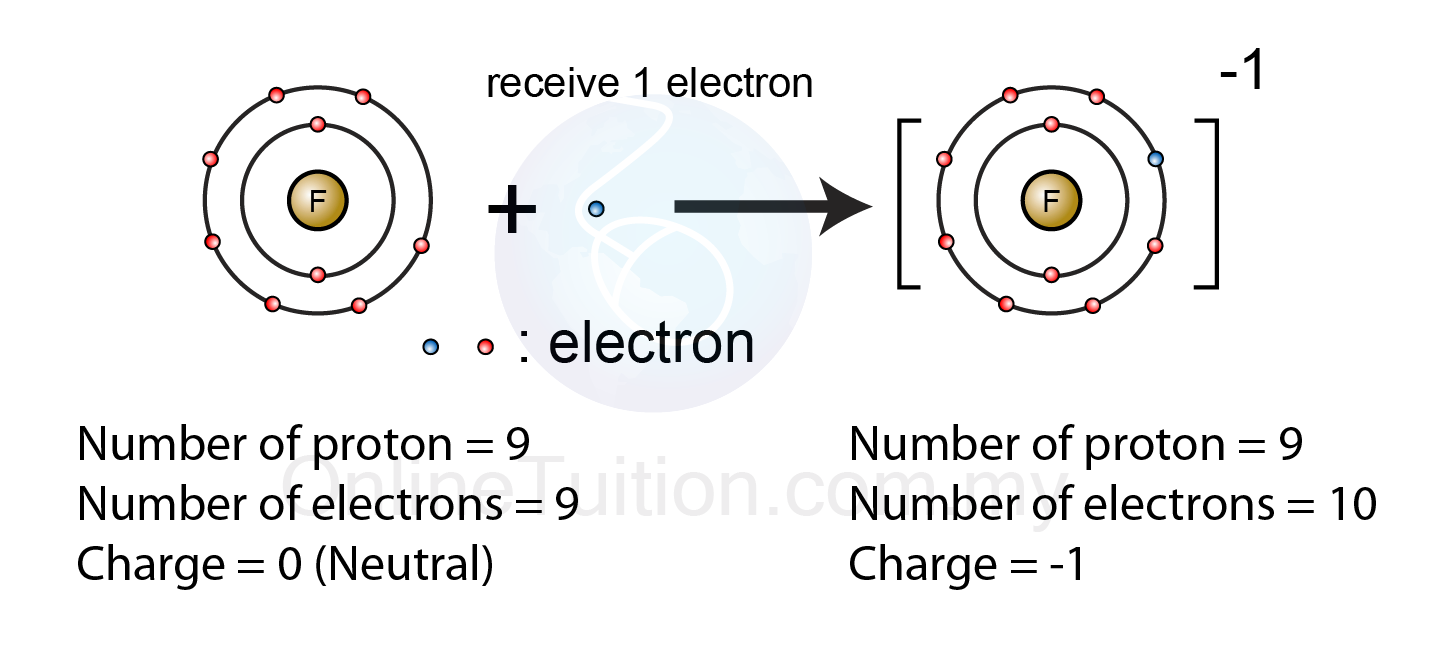
Contents
What causes the formation of Negative Ions?
Negative ions are created when atoms and molecules gain electrons. This can occur naturally from sources such as sunlight, waterfalls, lightning and oceans. These sources release negative ions into the atmosphere which can help create a feeling of calm, reduce stress, and improve mood and energy. In addition, negative ions can also be created artificially through the use of electronic devices, such as air purifiers and ionizers.
Negative ions are created when molecules in the air gain electrons due to a variety of factors. One of the most common sources is ultraviolet (UV) radiation from the sun, which can cause molecules to become electrically charged and release electrons. This can happen when UV radiation interacts with oxygen or nitrogen molecules in the air.
Another source of negative ions is moving water. When water moves, such as in a waterfall or river, it can cause molecules to become charged and release electrons. This can also occur when water droplets evaporate, releasing electrons into the air. Lightning strikes can also create negative ions, as the electrical charge of the lightning can cause molecules in the air to become charged and release electrons.
How do Negative Ions Affect the Atmosphere?
Negative ions are important for maintaining a healthy atmosphere. They can help to reduce air pollution by neutralizing pollutants such as smoke, dust, and pollen. Negative ions can also help to reduce the presence of bacteria and other microorganisms in the air, which can help to improve air quality.
Negative ions can also have a calming effect on those who are exposed to them. Studies have shown that exposure to negative ions can reduce stress, improve mood, increase energy levels, and improve concentration. Negative ions can also help to reduce the symptoms of seasonal allergies, as they can help to reduce the presence of allergens in the air.
In addition, negative ions can help to reduce the presence of electromagnetic radiation in the air. Electromagnetic radiation is emitted by electronic devices such as cell phones, computers, and televisions, and can be harmful to human health. Negative ions can help to reduce the presence of this radiation in the air, helping to improve air quality and reduce the risk of health complications.
Do Negative Ions Have Any Adverse Effects?
Negative ions are generally considered to be beneficial for human health and the environment. However, there is some evidence that suggests that too much exposure to negative ions can be harmful. Excessive exposure to negative ions can lead to headaches, dizziness, and feelings of fatigue.
In addition, some studies have suggested that negative ions can reduce the effectiveness of some medications, such as those used to treat depression. It is important to speak with a doctor before using air purifiers or ionizers, as they may interfere with certain medications or medical conditions.
Finally, it is important to note that negative ions can be generated artificially, through the use of electronic devices such as air purifiers or ionizers. While these devices can help to improve air quality and reduce the presence of pollutants, they can also release harmful chemicals into the air. It is important to use these devices responsibly, and to make sure that they are not producing excessive amounts of negative ions.
What are the Benefits of Negative Ions?
Negative ions can provide many benefits for human health and the environment. They can help to reduce air pollution, reduce the presence of allergens and bacteria, and can help to reduce the presence of electromagnetic radiation. In addition, negative ions can have a calming effect on those who are exposed to them, helping to reduce stress, improve mood, and increase energy levels.
Negative ions can also help to improve air quality in indoor environments, as they can help to reduce the presence of pollutants and other irritants. Finally, negative ions can also help to reduce static electricity, which can help to prevent shocks and other dangerous electrical occurrences.
Overall, negative ions can provide many benefits for human health and the environment. They can help to reduce air pollution, reduce the presence of allergens, and can have a calming effect on those who are exposed to them. However, it is important to use electronic devices such as air purifiers and ionizers responsibly, as they can produce excessive amounts of negative ions.
Related Faq
Q1 What Are Negative Ions?
Answer: Negative ions, also known as anions, are electrically charged particles with one or more extra electrons. They are believed to have a variety of beneficial health effects, such as improving mood and reducing stress. Negative ions are most commonly found in nature, created by the interaction between air molecules and natural elements such as sunlight and water.
Q2 How Are Negative Ions Formed?
Answer: Negative ions are formed when molecules in the air, such as oxygen, nitrogen, and carbon dioxide, interact with natural elements such as sunlight, radiation, or water. This interaction causes the molecules to become electrically charged, creating negative ions. Additionally, certain types of machines, such as air purifiers, can also produce negative ions.
Q3 What Are the Benefits of Negative Ions?
Answer: Negative ions are believed to have a variety of beneficial health effects. Studies have shown that negative ions can help improve mood, reduce stress, and increase energy levels. Additionally, negative ions may also help reduce allergies, asthma symptoms, and other respiratory issues.
Q4 Where Can Negative Ions Be Found?
Answer: Negative ions can be found naturally in a variety of places, including mountains, waterfalls, and forests. Additionally, certain types of machines, such as air purifiers, can also produce negative ions. Negative ions can also be found in some products such as bracelets, necklaces, and other jewelry.
Q5 What Is the Difference Between Positive and Negative Ions?
Answer: Positive and negative ions are both electrically charged particles; however, the difference between them is the number of electrons they contain. Positive ions contain fewer electrons than negative ions, which gives them a positive charge. Negative ions, on the other hand, contain more electrons, giving them a negative charge.
Q6 Are Negative Ions Harmful?
Answer: No, negative ions are not harmful and are believed to have a variety of beneficial health effects. However, it is important to note that the effects of negative ions are not yet fully understood, and more research is needed. Additionally, it is important to make sure that any machines used to generate negative ions are regularly cleaned and maintained.
💯 Ion Formation #1/2 Positive Ions Negative Ions | Chemical Earth
In conclusion, negative ions are formed by the splitting of molecules due to a variety of natural and man-made causes. Negative ions are found in abundance in natural settings such as near waterfalls, the ocean, and in forests, as well as indoors such as from air purifiers and other electrical devices. Negative ions promote physical and mental health and are beneficial to overall well-being. Understanding how negative ions are formed can help us to better appreciate the positive effects they have on our lives.

